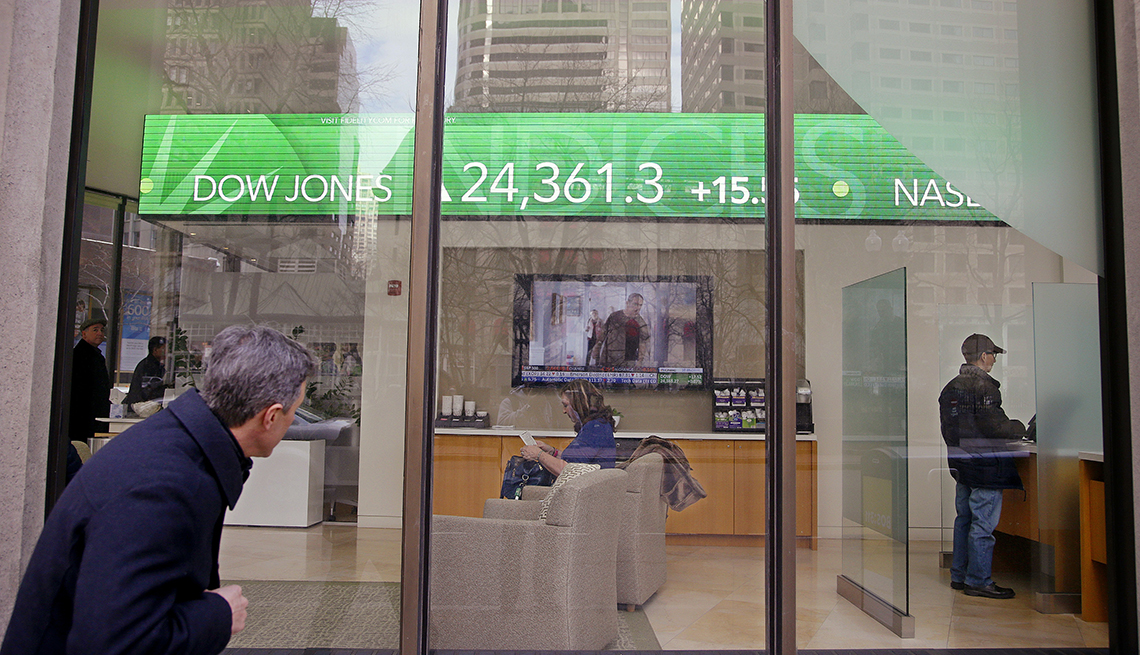Staying Fit
On Aug. 5, Reuters reported that the stock portion of Fidelity Freedom Target Date Retirement funds will increase their exposure to international stocks from 30 percent to 40 percent. Total exposure to stocks will remain unchanged as the funds will decrease exposure to U.S. stocks from 70 percent to 60 percent. A target date retirement fund owns stocks and bonds, and automatically reduces exposure to stocks as the investor gets older.
"Our view is that equities outside the U.S. offer more-favorable valuations,” Freedom Funds portfolio manager Brett Sumsion said earlier this year in a commentary to investors. “Our concerns about U.S. equities include generally higher valuations coupled with near-peak corporate profit margins."


AARP Membership— $12 for your first year when you sign up for Automatic Renewal
Get instant access to members-only products and hundreds of discounts, a free second membership, and a subscription to AARP the Magazine.
Fidelity isn't the first to make this shift. In early 2015, Vanguard also increased international stock exposure from 30 percent to 40 percent in its target date retirement funds. International stocks underperformed U.S. stocks since that move. On the other hand, the late John C. Bogle, the founder of the Vanguard Group, generally did not believe in owning international stocks.
I applaud both Fidelity and Vanguard for increasing allocation to an asset class that underperformed because, all too often, I observe just the opposite approach. Others chase performance — meaning they increase allocations to the hot asset class, which typically underperforms going forward.
For ways to save and more, get AARP’s monthly Money newsletter.
In my opinion, there are right and wrong reasons to own international stocks. Diversification is the right reason. Though I live in Colorado, I wouldn’t only buy stocks based here, just as you shouldn’t only own stocks based in your home state. Diversification is the reason I want to own stocks across the globe and do so with index funds.


Many feel there is no reason to own international stocks. In 2017, S&P 500 companies based in the U.S. had nearly 44 percent of their revenue generated from foreign countries. Yet if that alone provided enough diversification, you wouldn’t see such differences in performance so far this century in this chart. International stocks trounced U.S. stocks from 2003 to 2007, but have underperformed since.


































































